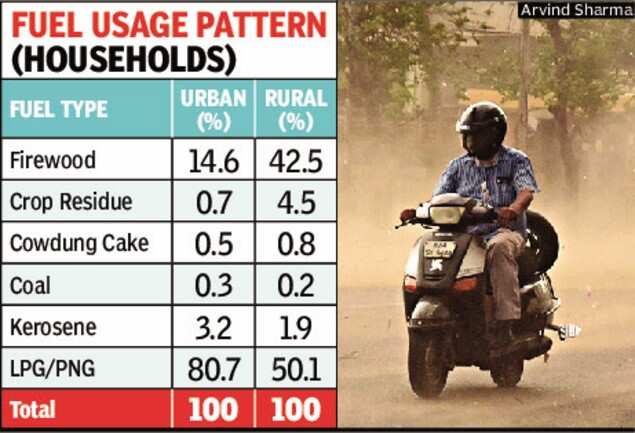Air pollution: ‘Road dust, construction work are major contributors in Jaipur’ | Jaipur News

A combined study by Rajasthan State Pollution Control Board (RSPCB) and IIT-Kanpur carried out over a period of three years from 2017-2020 in five selected areas — Ajmeri Gate, Vishwakarma Industrial Area, Jorawar Singh Gate, Malaviya Nagar and Mansarovar — concluded that air pollution could be brought under control in the city by taking a number of steps. Jaipur has been ranked 37th worst air polluted city by a Swiss-based organisation AirVisual and Greenpeace.

The report was prepared after studying pollution caused by the transport sector (motor vehicles and railways), commercial activities, industrial activities, domestic activities, institutional and official activities and fugitive non-point sources.
The study, which was conducted on city hotels and restaurants, found that many used coal as fuel in tandoors. “The average consumption of coal in tandoors was 30kg/day. The common fuel other than in tandoor is LPG. In most of the cases, it was found that there were no control devices installed at these activities,” reads the report. The total number of big hotels and restaurant enterprises was approximately 1,500 at the time of the survey. Quoting figures collected from the JDA, the report says that 81 per cent of households were using LPG while 19 per cent relied on coal.
Brick kilns are considered one of the major contributors to air pollution. The survey found approximately 250 brick kiln are present in Jaipur (outside the city boundary) “These brick kilns use wood and coal as fuel contributing in various kinds of emissions like SO2, NOx, PM10, PM2.5, and CO,” reads the report. Similarly, Jaipur has 450 mining units outside the city boundary contributing to the main reason for air pollution —dust.
It also listed out suggestions for the authorities to contain the situation. Restaurants with over 10 seats should not use coal and shift to electric or gas-based appliances. The ash from tandoor should not be disposed of near roadsides. It said by 2030, the city may plan to shift to electric cooking or natural gas.




